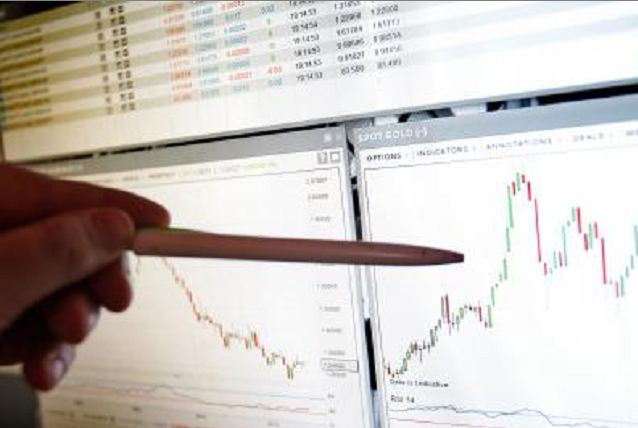
Ecuadoreans seeking to enforce a $9.5 billion pollution award against Chevron Corp. suffered a big setback on Aug. 8. A federal appeals court ruled that, because of fraud committed by their American lawyer, the victims of this 23-year-old environmental disaster couldn’t collect in the U.S.—or possibly anywhere else.
That was bad enough. Now, though, dissension among the Ecuadoreans and their lawyers is raising the question of who would control the multibillion-dollar payout if Chevron were ever forced to pony up.
Over the past few days, once-allied grass-roots groups claiming to represent poor Ecuadorean villagers and indigenous tribe members have had a very public falling out. Even if Chevron were inclined to settle the case—say, for pennies on the dollar—it isn’t clear who would sit across the negotiating table from the energy giant’s lawyers.
The only way to understand this morass is to take a step back. In 1993 a New York attorney named Steven Donziger, along with several other lawyers, sued Texaco Inc. in Manhattan federal court, blaming the oil company for contamination in the Amazon region of northeastern Ecuador. After nine long years of legal fencing, the U.S. courts dismissed the case. Meanwhile, in 2001 Chevron acquired Texaco, and its potential liabilities.
Litigation against Chevron restarted in Ecuador in 2003, with Donziger mapping strategy for the Ecuadorean plaintiffs. Eight years later, in 2011, an Ecuadorean trial court found San Ramon, Calif.-based Chevron liable for the pollution, eventually leading to the $9.5 billion damages award. Chevron refused to pay, contending that Donziger had used coercion, bribery, and fabricated evidence to achieve his victory. The company went so far as to file a racketeering lawsuit against him in New York. Chevron won that case, and the victory was upheld on Monday by the U.S. Court of Appeals in New York. In that ruling, a unanimous three-judge panel agreed with the lower court’s order that Donziger and his clients may never profit from their ill-gotten Ecuadorean judgment.
But who are Donziger’s clients? One grass-roots group in Ecuador, the Union for People Affected by Texaco’s Operations, said in a statement on Aug. 9 that Donziger isn’t the plaintiffs’ lawyer. This view was expressed by Humberto Piaguaje, the union’s executive coordinator, who claimed that only his group speaks for the 30,000 Ecuadoreans seeking damages from Chevron. Piaguaje contended that an Ecuadorean attorney named Pablo Fajardo, a protégé of Donziger’s, is the lead lawyer for the plaintiffs.
Another Ecuadorean group, the Amazon Defense Front, has insisted in separate statements that it has split with Fajardo (for reasons too complicated to get into here). The ADF remains allied with Donziger, despite the findings in the U.S. that he turned the pollution case into an extortionate enterprise.
Karen Hinton, an American public-relations executive who represents Donziger, tried to clear up the situation via an e-mail interview. She said the $9.5 billion judgment contained a roughly $1 billion set-aside specifically for the ADF “to administer the cleanup and ensure community involvement.” Moreover, Hinton said that only the ADF would control how the $9.5 billion is spent. As for Donziger, she added, he “represents the ADF, which represents the class of people impacted by the contamination.”
The next step in this drama comes in September in Toronto, of all places. There the plaintiffs—whoever they may be—will ask a Canadian court to enforce the tainted Ecuadorean judgment. How? By seizing Chevron assets in Canada and selling them off.
Chevron’s lawyers will be there, too, of course, arguing that the Ecuadorean judgment is a fraudulently obtained nullity—and therefore unenforceable. It will be interesting to see who shows up to represent the plaintiffs’ interests.